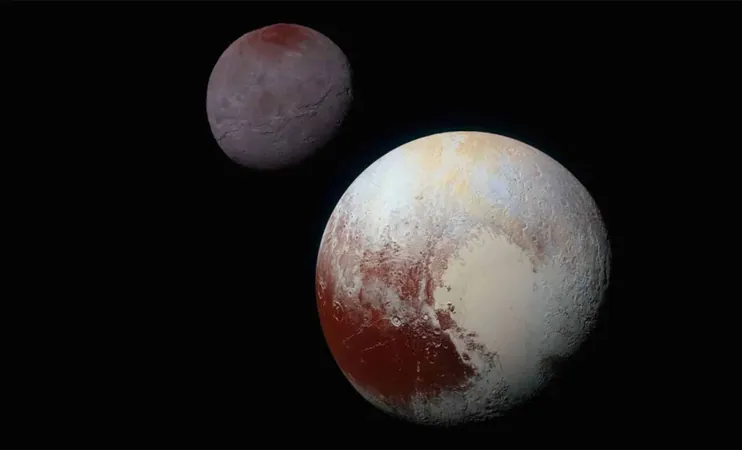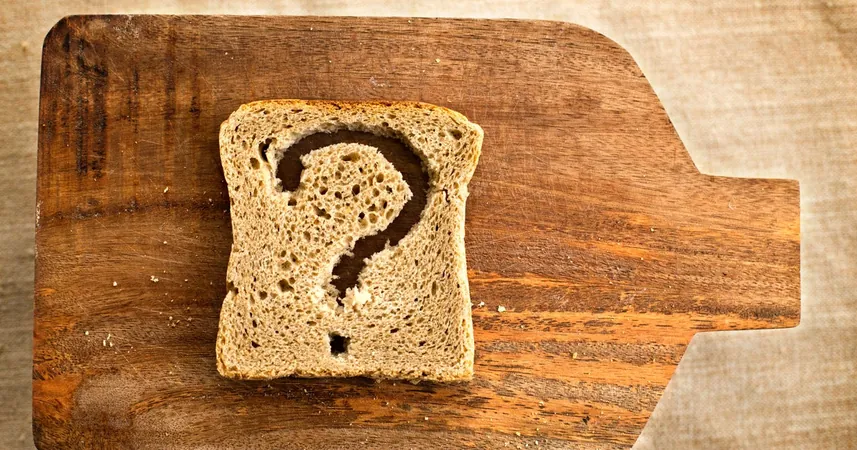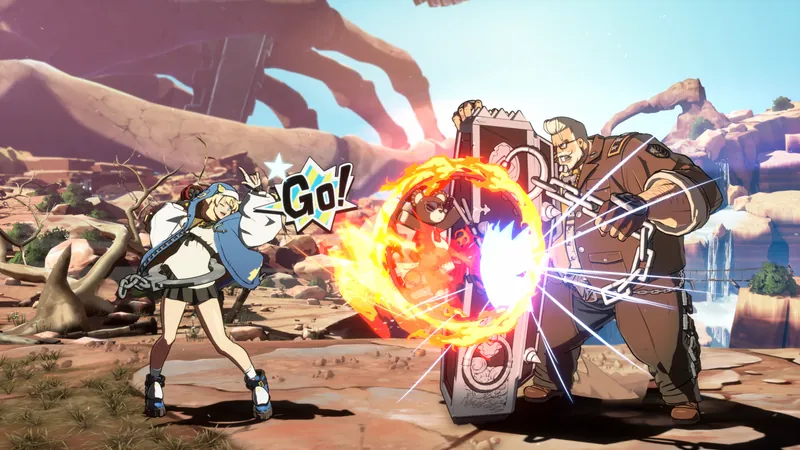
Did Pluto Steal Charon with a 'Kiss'? Unveiling the Mysteries of the Oddest Duo in the Solar System
2025-05-14
Author: Chun
A Stunning Revelation from the University of Arizona
In a groundbreaking study published in Nature Geoscience, researchers from the University of Arizona have revealed a fascinating new theory about how Pluto and its moon Charon became locked in their unique binary relationship. Instead of the widely accepted hypothesis of a catastrophic collision, this innovative theory proposes a gentle 'kiss and capture' process.
Meet Pluto and Charon: The Quirkiest Couple of Our Solar System
The bond between Pluto and Charon has baffled scientists for years. Unlike typical planet-moon pairs, these celestial bodies orbit a shared center of mass, engaging in a synchronized dance that makes them the largest binary system beyond Neptune. This fresh perspective on their formation could unlock secrets about the interactions between distant planetary bodies.
Rethinking the Collision Hypothesis
Historically, the leading explanation for the Pluto-Charon system involved an intense collision, akin to the impact responsible for the formation of Earth's moon. This theory suggested that a violent hit resulted in either merging or scattering debris that formed Charon. However, this assumption was largely based on the erroneous belief that Pluto and Charon were similar in composition to Earth.
The Revolutionary 'Kiss and Capture' Theory
The researchers' new theory, bolstered by sophisticated simulations, posits that Pluto and Charon didn't collide violently but instead came close enough to each other to 'graze' and temporarily bond. This gentle interaction, dubbed 'kiss and capture,' allowed their orbits to synchronize without significant alteration in their original structures. Unlike larger planets, Pluto and Charon primarily consist of rock and ice, which enabled them to endure a low-energy encounter that ultimately solidified their binary status.
How Advanced Simulations Transformed Our Understanding
The key to this breakthrough lay in high-performance simulations that accounted for the strength of icy materials. These models demonstrated that when Pluto and proto-Charon collided at a grazing angle of 50–70 degrees, their low relative speed caused them to momentarily stick together.
Adeene Denton, a NASA postdoctoral fellow and one of the lead study authors, explained that this initial interaction likely played a pivotal role in Pluto’s geological evolution, influencing the heat generated by the impact and the subsequent tidal forces that shaped its current surface features.
A More Accurate Model for the Future
This new research offers a compelling alternative to previous models, which assumed that planetary collisions resulted in merging into a hot, molten mass or expelled debris into space. The study not only clarifies the current movements of Pluto and Charon but also correlates with their observed sizes and orbital characteristics. It’s a fascinating glimpse into the complexities of celestial formations, paving the way for further discoveries in our understanding of the solar system.







 Brasil (PT)
Brasil (PT)
 Canada (EN)
Canada (EN)
 Chile (ES)
Chile (ES)
 Česko (CS)
Česko (CS)
 대한민국 (KO)
대한민국 (KO)
 España (ES)
España (ES)
 France (FR)
France (FR)
 Hong Kong (EN)
Hong Kong (EN)
 Italia (IT)
Italia (IT)
 日本 (JA)
日本 (JA)
 Magyarország (HU)
Magyarország (HU)
 Norge (NO)
Norge (NO)
 Polska (PL)
Polska (PL)
 Schweiz (DE)
Schweiz (DE)
 Singapore (EN)
Singapore (EN)
 Sverige (SV)
Sverige (SV)
 Suomi (FI)
Suomi (FI)
 Türkiye (TR)
Türkiye (TR)
 الإمارات العربية المتحدة (AR)
الإمارات العربية المتحدة (AR)